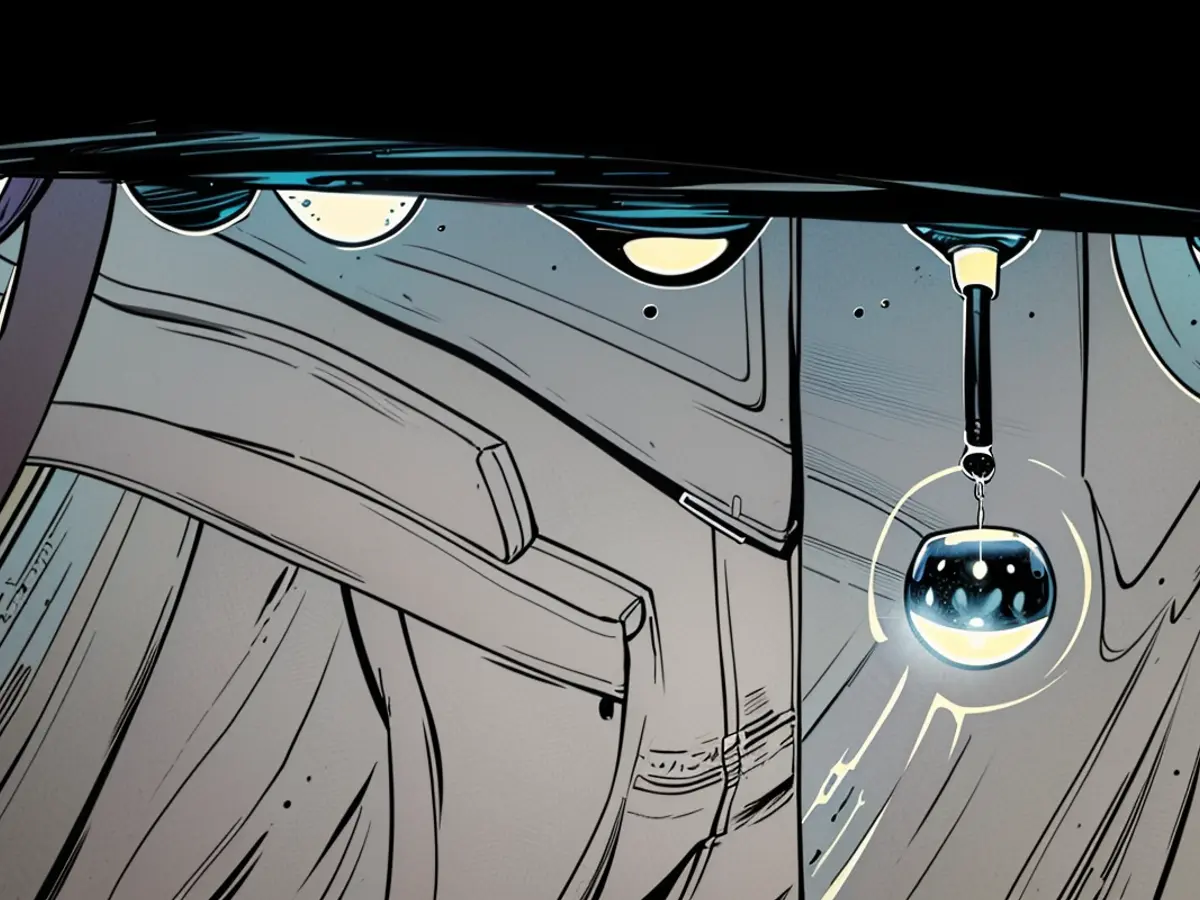Assessing water damage: The rationality behind gathering samples
When you spot water dripping from the ceiling, your initial concerns might revolve around the extent of the damage. However, before you delve into the recovery process, there's a simple step you should take first to aid in identifying the source of the water later on.
Basic Containers for Water Collection
The Association of Private Builders (VPB) suggests gathering two samples of the flowing water. Marc Ellinger, a building expert from VPB, recommends using preserves or jam jars with tight seals as they're more than sufficient for the task.
Alternatively, you can opt for absorbent materials such as household cloths or coffee filters to gather the samples. Make sure to include some floating debris in your collection as well. Afterward, seal the soaked cloth or filter securely, for instance, in a freezer bag.
These samples can be vital in determining the origin of the water. They can also be subjected to laboratory testing if necessary, as per the advice of the professionals, for insurance claim settlements.
Clear or Dirty Water?
According to VPB, if the incoming water is tainted with visible dirt particles, the water source lies outside. However, if the water appears clear, it might be fresh water seeping in through a leak or condensation from building components.
If the water appears frothy or contains traces of paper fibers, there's a likelihood that contaminated water is leaking somewhere. In such cases, it's essential to exercise extra caution as germs and pathogens may be present in the water. Ideally, the affected areas should only be entered while wearing protective clothing, as advised by specialists.
Photographs for the Insurance Company
VPB also recommends documenting the damage and the entry and exit points of the water through photographs. This should be done before starting the repair and cleanup process. This documentation can help alleviate potential future hassles with the insurance company and expedite the water damage claim process.
The collected samples might be necessary for legal matters related to insurance claim settlements. If the water source is outside and the water appears frothy or contains paper fibers, it could potentially involve health and safety concerns due to the presence of germs and pathogens, which may require legal precautions.







